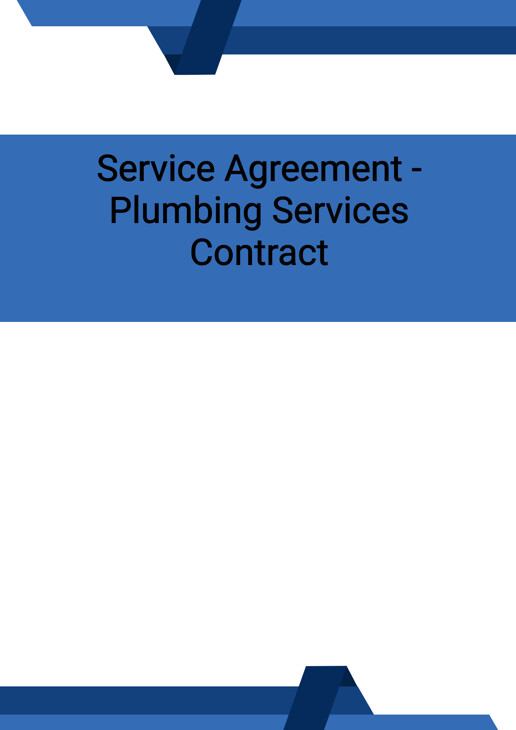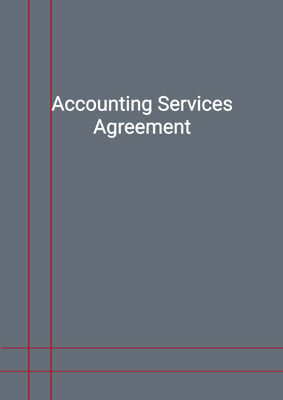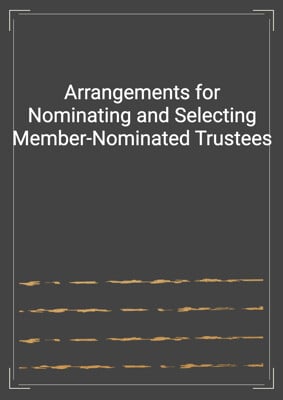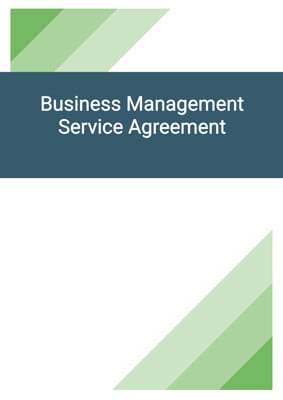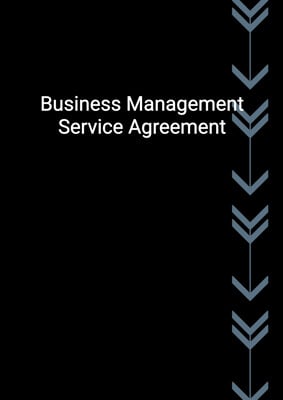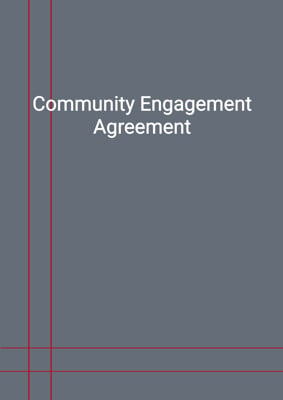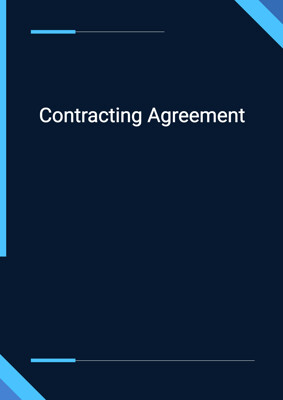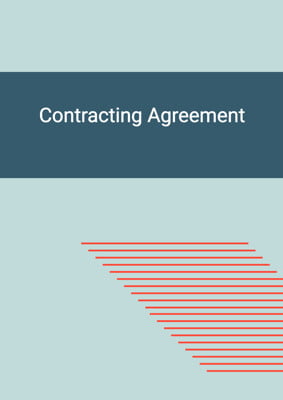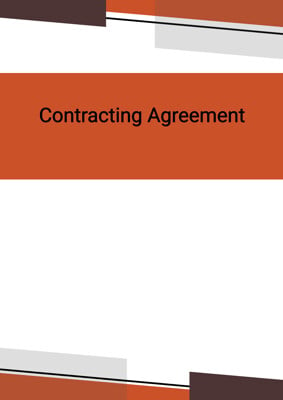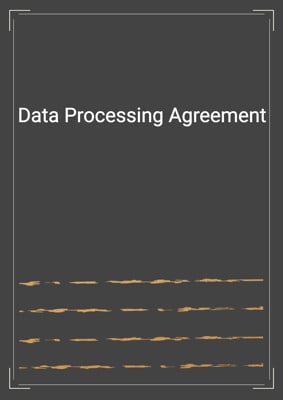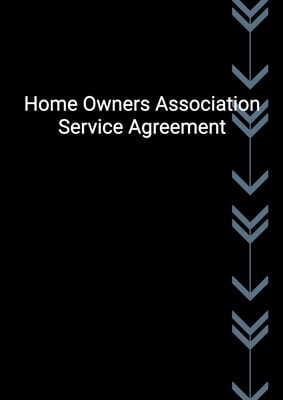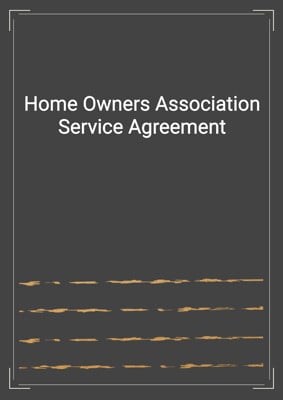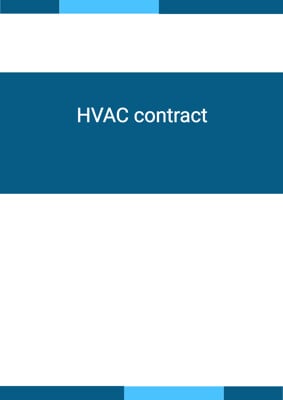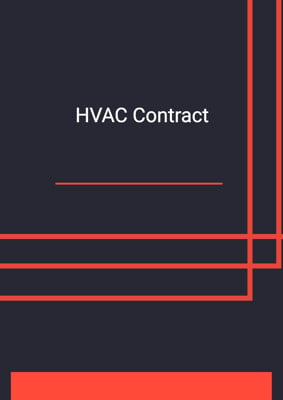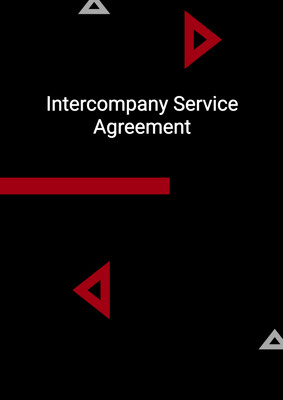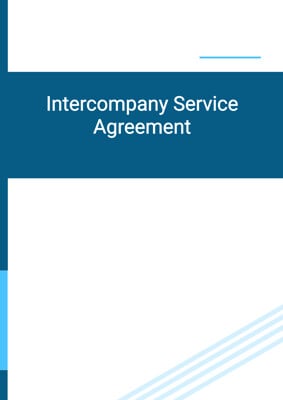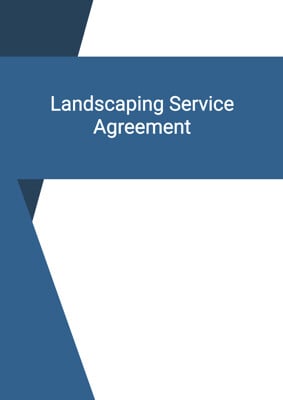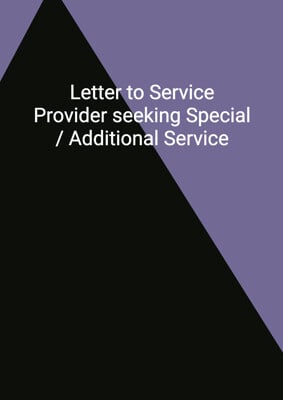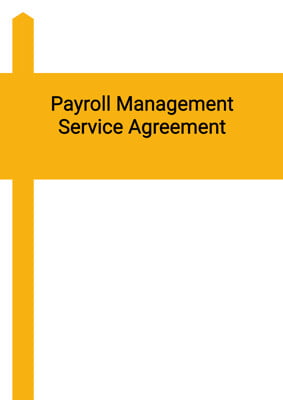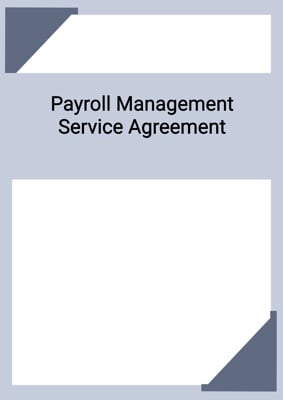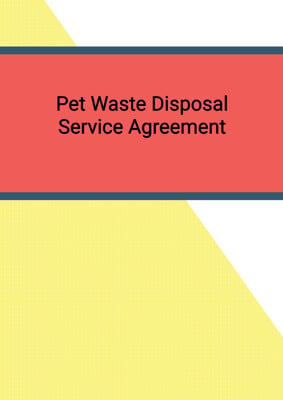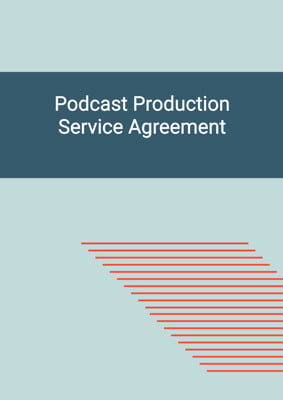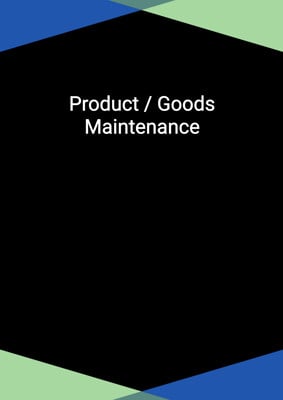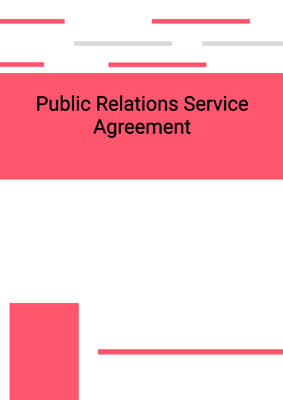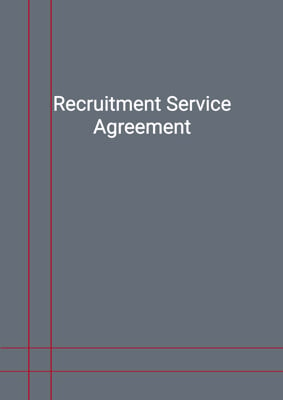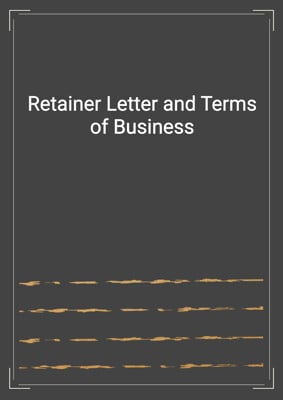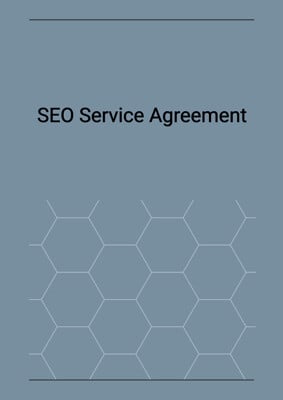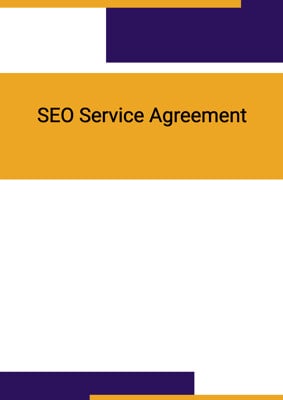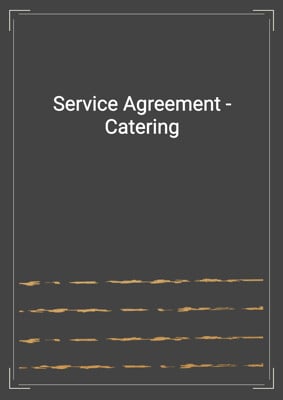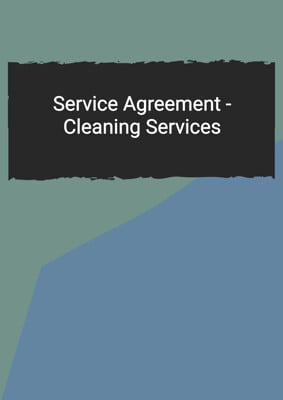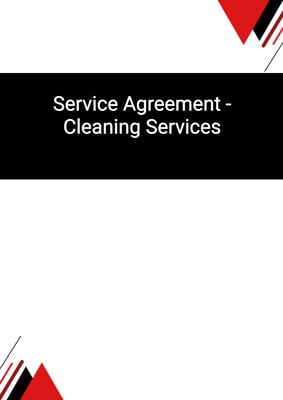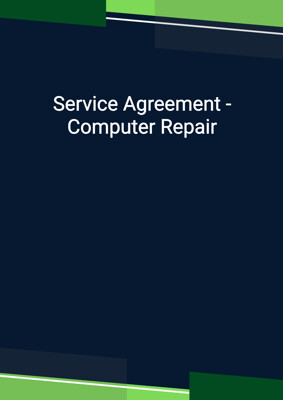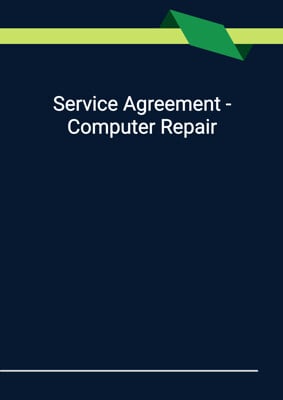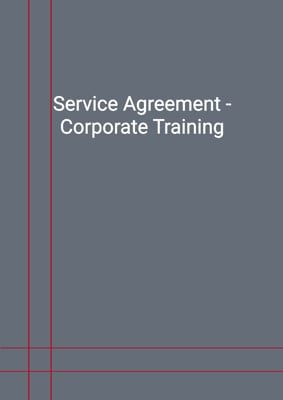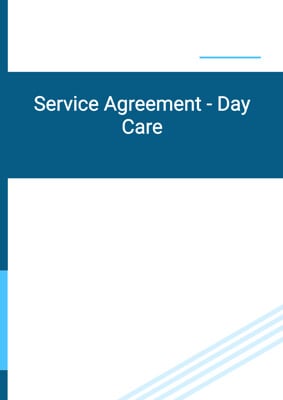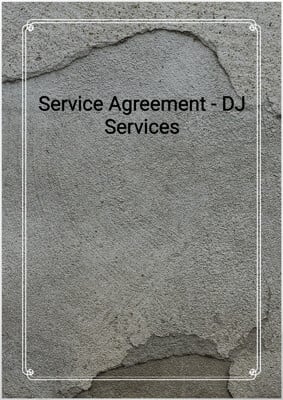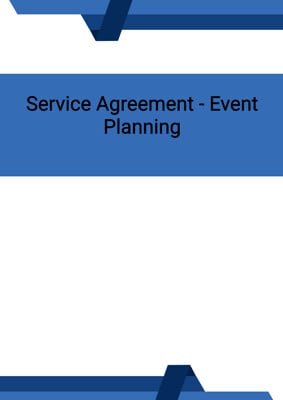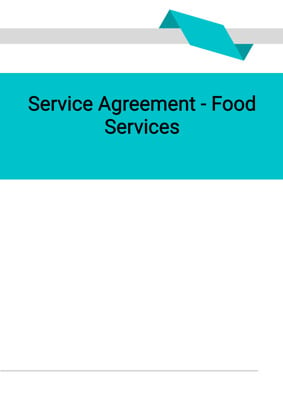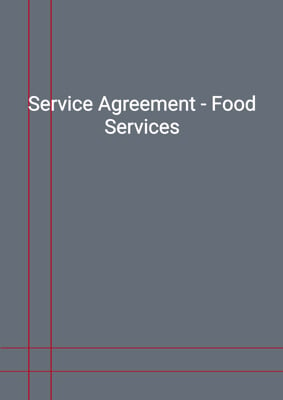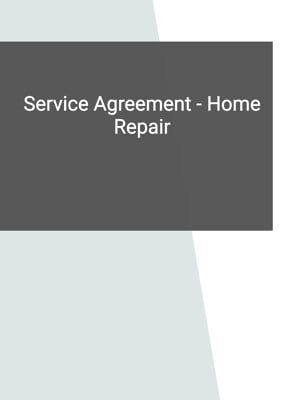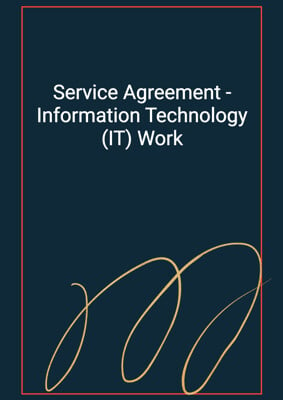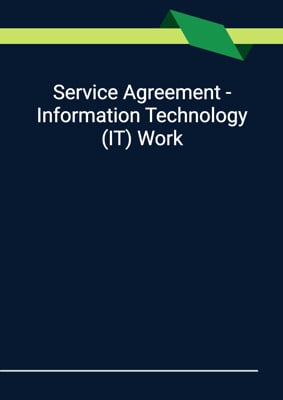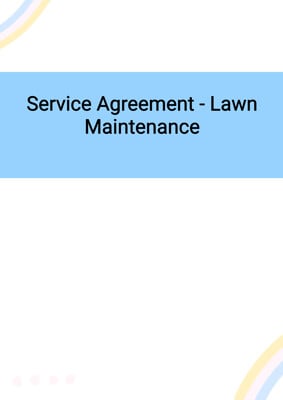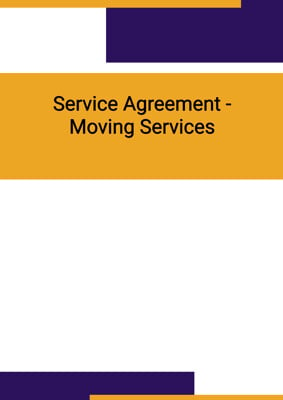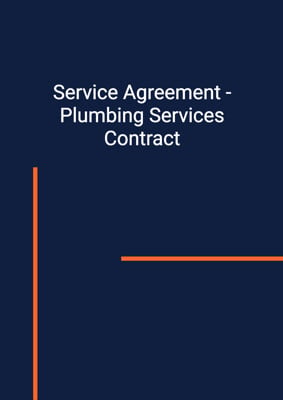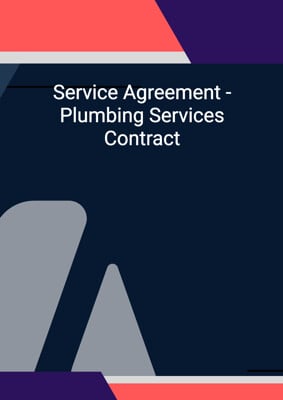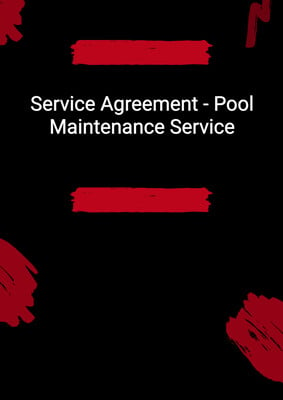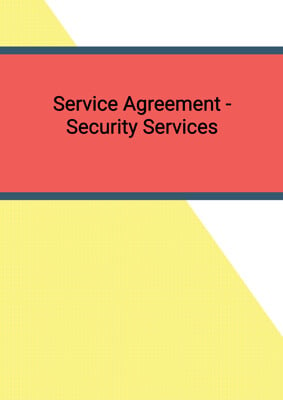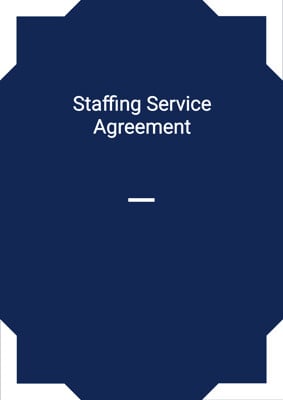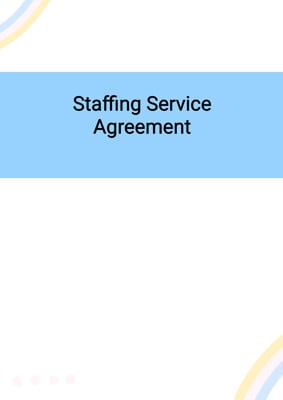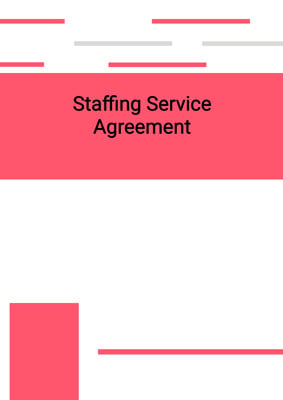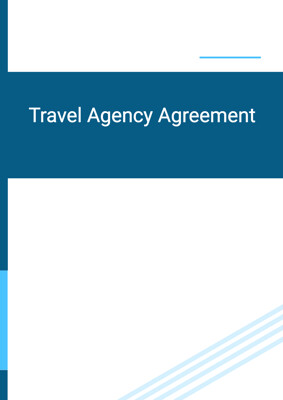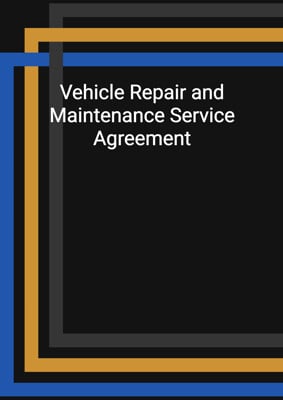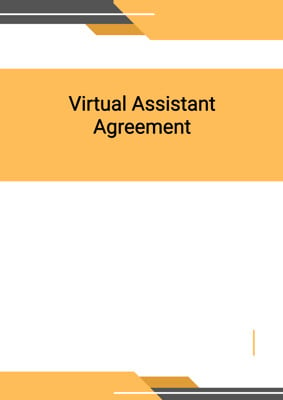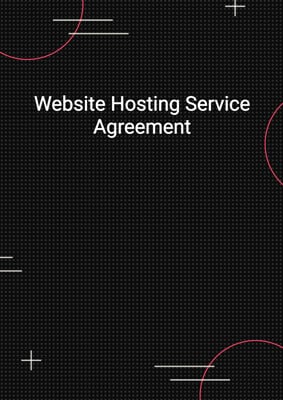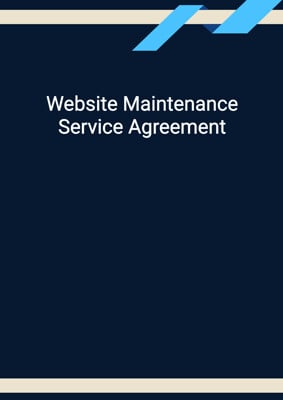How to Tailor the Document for Your Need?
01
Create Document
Fill in the details of the parties. You can click the "Fill with Member’s Information" button to complete it with information saved to your account.
02
Fill Information
Please fill in any additional information by following the step-by-step guide on the left hand side of the preview document and click the "Next" button.
03
Get Document
When you are done, click the "Get Document" button and you can download the document in Word or PDF format.
04
Review Document
Please get all parties to review the document carefully and make any final modifications to ensure that the details are correct before signing the document.
Document Preview
Document Description
This service agreement is a legally binding contract between the servicer and the customer for the provision of plumbing services. The agreement outlines the obligations and responsibilities of both parties, ensuring that the services are carried out in a professional and diligent manner.
The agreement begins with an interpretation section, defining key terms and providing general provisions. It clarifies that the agreement applies to individuals, corporations, and partnerships, and that any reference to an enactment or statutory provision includes any amendments or modifications.
The servicer's obligations are then detailed in section 2. The servicer is responsible for providing the plumbing services at the customer's premises, obtaining the necessary licenses and permits, and preparing a list of materials and specifications required for the services. The servicer is also required to perform daily and final cleanups and to provide the services in accordance with industry standards and good commercial practice. Any services outside the agreed scope will require a separate agreement.
Section 3 focuses on the completion of the work. It emphasizes that time is of the essence, and the services should be completed by the agreed completion date. If there are any delays, the customer may grant an extension, and if the services are not completed by the completion date, the customer is entitled to liquidated damages.
The agreement also includes provisions regarding service fees, payment terms, and expenses. The customer agrees to pay the servicer a service fee for the services rendered, and the servicer will invoice the customer prior to the payment date. Late payment will incur a 3% monthly charge. The servicer may incur expenses not included in the fee, and they are required to keep records and obtain the customer's consent for any expenses over a certain limit.
Warranties and indemnities are addressed in section 5. The servicer is obligated to promptly notify the customer of any delays, problems, or complaints related to the services. The customer is also required to report any defects in the servicer's performance, and the servicer must rectify any reported defects. The agreement specifies that the customer's rights and benefits are enforceable only through the services provided under the agreement.
Other sections cover licenses and insurance, the independent contractor relationship between the parties, termination, ownership of materials, confidentiality, announcements/publicity, amendment, assignment, severability, further assurance, warranty of capacity and power, force majeure, and jurisdiction. The agreement also includes provisions for notices and service and allows for execution in counterparts.
This service agreement is essential for establishing clear expectations and protecting the rights and obligations of both the servicer and the customer.
How to use this document?
To use this service agreement effectively, follow these steps:
1. Provide information: Enter the servicer's and customer's information in the agreement, including their principal place of business. This ensures that both parties are clearly identified.
2. Specify services: Clearly describe the plumbing services to be provided by the servicer. Include details such as the type of services, materials, fixtures, specifications, and any brand names or model numbers. This ensures that both parties are aware of the scope of work and can avoid any misunderstandings.
3. Agree on completion date: Determine the completion date for the services. It is important to establish a realistic timeline to ensure prompt and timely performance.
4. Discuss fees and payment terms: Agree on the service fee and payment schedule. Specify when the servicer will invoice the customer and the due date for payment. Also, clarify any late payment charges.
5. Address warranties and indemnities: Discuss any warranties or guarantees provided by the servicer and the customer's rights in case of defects or complaints. Ensure that both parties understand their obligations and responsibilities.
6. Consider licenses and insurance: Determine if the servicer needs any licenses or approvals to provide the services. Discuss insurance coverage for liability arising from the services.
7. Clarify termination conditions: Establish the conditions under which either party can terminate the agreement. This includes providing written notice and addressing any outstanding balances.
8. Discuss ownership of materials: Clarify that materials and goods delivered for the services become the property of the customer. Specify the customer's responsibility for accidental loss or damage.
9. Address confidentiality: Agree to keep the terms of the agreement and any confidential information disclosed during the arrangement confidential. This protects the interests of both parties.
10. Review and amend if necessary: Carefully review the agreement and make any necessary amendments to ensure it accurately reflects the agreed-upon terms. Seek legal advice if needed.
By following these steps, both the servicer and the customer can effectively use this service agreement to establish a clear understanding of their rights, obligations, and expectations.
Not the right document?
Don’t worry, we have thousands of documents for you to choose from:
